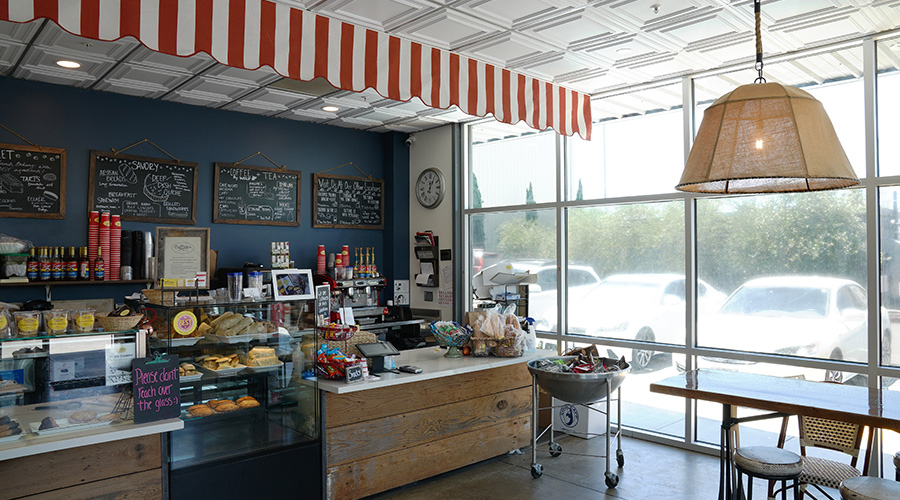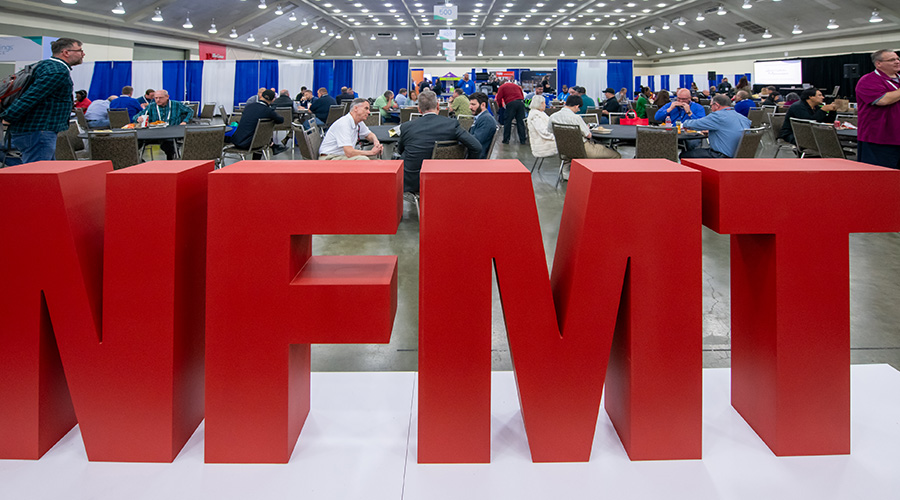
California Energy Code Updates Aim to Save Energy Costs
The 2025 update will be submitted to the California Building Standards Commission and will be considered in December 2024. October 8, 2024
The California Energy Commission (CEC) has adopted the 2025 Building Energy Efficiency Standards (Energy Code) for newly constructed, renovated buildings and certain other existing buildings, producing benefits that will support the state’s economic, clean energy, climate and public health goals.
The update guides the construction of buildings that can better withstand extreme weather associated with climate change, lower energy use and costs and reduce climate and air pollution. The 2025 Energy Code is projected to save $4.8 billion in energy costs over its lifetime and reduce GHG by about 4 million metric tons.
The 2025 update will be submitted to the California Building Standards Commission and will be considered in December 2024. If approved, the new standards would go into effect on January 1, 2026, giving builders, contractors and other interested parties a year to gear up for the changes.
The 2025 Energy Code focuses on key areas:
- Encouraging inherently efficient electric heat pump technology for space and water heating in newly constructed single-family, multifamily, and select nonresidential building types.
- Replacing end-of-life rooftop heating, ventilation, and air-conditioning (HVAC) units of a certain size with high efficiency systems including heat pumps, for existing retail, existing schools, and existing offices and libraries.
- Establishing electric-ready requirements for commercial kitchens and some multifamily buildings, so owners can more easily switch to cleaner electric cooking and water heating, when ready.
- Updating solar and storage standards for assembly buildings, including religious worship, sport, and recreation buildings to make clean energy available for onsite use while minimizing exports to the electrical grid.
- Strengthening ventilation standards to improve indoor air quality in multifamily buildings.
Next
Read next on FacilitiesNet












